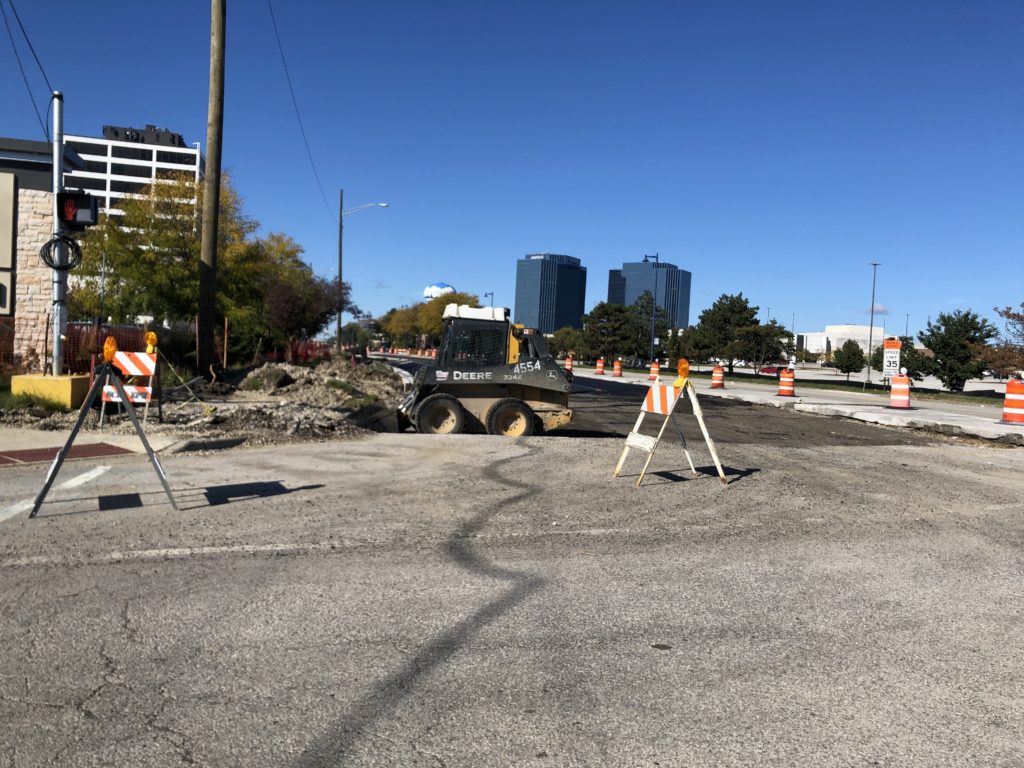
There is a lot to be said nowadays about the fate of the trucking industry. Not only has it become a recurring theme over the last decade for publications to seemingly write one article every few months highlighting the idea that the trucking industry would soon disappear, only to retract those words when the American Trucking Association (ATA) or another prominent figure in the industry would produce new statistics establishing just the opposite. It’s been a recurring theme for years, and even we have covered the “expectations” that industry representatives have set amid the continued “crisis” we are all hearing about. In May of 2019, we wrote about the ATA’s announcement that by 2026 there was an expectation that there would be a driver shortage of 175,000 drivers in the United States. Rightfully so, those in the industry panicked and in turn, it became once again widely publicized that arguably one of the most important industries in the United States would potentially be in a position it could never get out of.
When news broke in the beginner of October that 4,200 truck drivers had lost their jobs in September 2019, it proved something that many had long been arguing against; the idea that the trucking industry was resilient and had the ability to adapt to changing demographics. In fact, Trucking Info had the opportunity earlier this year to interview the Chief Economist for the ATA, Bob Costello, who stated “some trucking companies have put an emphasis on female drivers, but the highest percentage of female drivers we have seen is around 20% for those fleets,” speaking volumes to the weight the trucking industry is placing on diversifying its fleet in an attempt to keep pace with the ever changing dynamics of the US workforce. Further, we have also written about how companies are attempting to change their recruiting tactics to not only reach women, but reach younger drivers altogether to ensure that the shortage does not get out of hand. While these tactics are sure to help diversify and hopefully alleviate the potential shortage, what happens when the economy begins to suffer? How does the industry the respond to a driver shortage when fleets are being forced to layoff thousands of drivers each month?
A Bleak Outlook for the Industry May Be Getting Worse
There is a lot to be said nowadays about the fate of the trucking industry. Not only has it become a recurring theme over the last decade for publications to seemingly write one article every few months highlighting the idea that the trucking industry would soon disappear, only to retract those words when the American Trucking Association (ATA) or another prominent figure in the industry would produce new statistics establishing just the opposite. It’s been a recurring theme for years, and even we have covered the “expectations” that industry representatives have set amid the continued “crisis” we are all hearing about. In May of 2019, we wrote about the ATA’s announcement that by 2026 there was an expectation that there would be a driver shortage of 175,000 drivers in the United States. Rightfully so, those in the industry panicked and in turn, it became once again widely publicized that arguably one of the most important industries in the United States would potentially be in a position it could never get out of.
When news broke in the beginner of October that 4,200 truck drivers had lost their jobs in September 2019, it proved something that many had long been arguing against; the idea that the trucking industry was resilient and had the ability to adapt to changing demographics. In fact, Trucking Info had the opportunity earlier this year to interview the Chief Economist for the ATA, Bob Costello, who stated “some trucking companies have put an emphasis on female drivers, but the highest percentage of female drivers we have seen is around 20% for those fleets,” speaking volumes to the weight the trucking industry is placing on diversifying its fleet in an attempt to keep pace with the ever changing dynamics of the US workforce. Further, we have also written about how companies are attempting to change their recruiting tactics to not only reach women, but reach younger drivers altogether to ensure that the shortage does not get out of hand. While these tactics are sure to help diversify and hopefully alleviate the potential shortage, what happens when the economy begins to suffer? How does the industry the respond to a driver shortage when fleets are being forced to layoff thousands of drivers each month?
Safety Takes a Hit as the Industry Suffers
Our previous articles on this subject were in response to the growing age gap in the trucking industry and how the roads could be less safe as a result. For example, due to companies being unable to hire younger drivers, some turned to incentivizing older drivers who would push back retirement for more money or benefits. While these drivers provided much more experience and understanding of the roads, it could be argued that having fewer drivers who happened to be older also presented serious concerns about road safety, such as response time and vision concerns.
This argument becomes even stronger with the news that the industry is slashing jobs, meaning active recruitment for new drivers takes a backseat and the age demographic likely continues to be pushed back, becoming much older. Additionally, the current administration’s push to change the hours-of-service rules for truck drivers also presents issues with tired, overworked drivers, who may no longer be forced to stop for mandatory 30-minute rest breaks.
All these factors present serious risks to drivers on the road. In any industry, workers who are overworked, tired, and not forced to take breaks present disastrous results to production and safety. The trucking industry should be no different. News of the industry’s financial struggles just force the public to be aware of the potential ramifications that could occur on the road. Our lives could be put in danger due to the truck driver shortage and now, its very real financial shortcomings.




